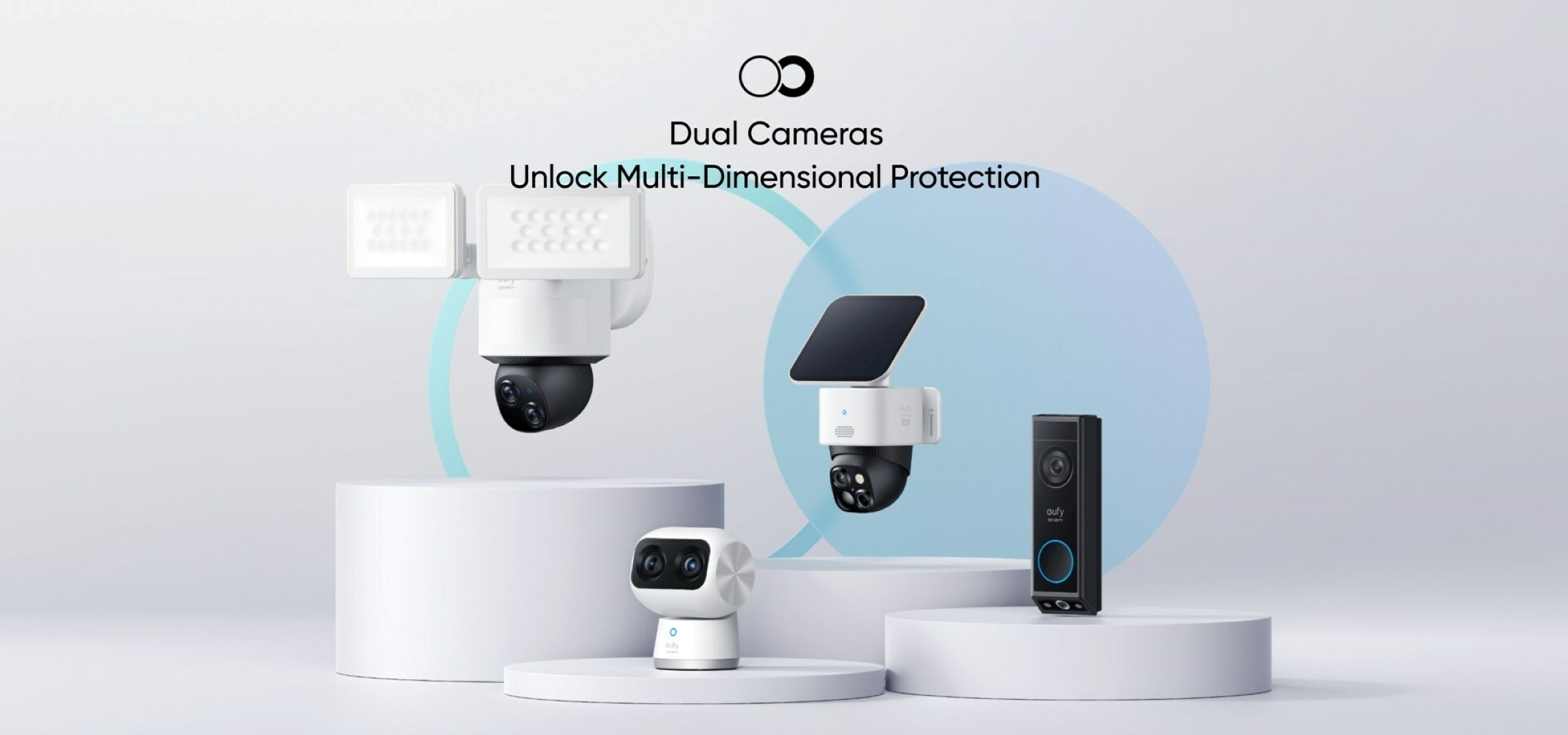The Dangers of Performance-Enhancing Drugs for Athletes

When it comes to education about the effects and repercussions of performance-enhancing drug abuse, the focus is always on how drugs will take a physical toll on the abuser. It’s tangible, you can see the physical effects, and it makes the threat seem more real. Unfortunately, the same focus doesn’t often apply to the mental toll that these drugs take. Read on for a better understanding of the dangers of performance-enhancing drugs for athletes.
Stimulants
Athletes tend to use stimulant drugs, such as amphetamines and cocaine, because they provide a similar effect to adrenaline, making the user feel sharper and less fatigued, with quicker reaction times. However, these drugs are highly addictive, and the mental toll can cause the user to suffer from hallucinations and delusions as they spiral into states of paranoia. This intense paranoia will only worsen as the drug habit persists, causing a vast amount of stress, anxiety, and even depression to overtake the high that the stimulants first provided. Another dangerous aspect of the paranoia is a user’s tendency to isolate themselves for their perceived safety, creating an environment where anxiety and depression can fester.
Anabolic Steroids
Steroids are the most common and stereotypical performance-enhancing drugs. Unlike other types of drugs, steroids don’t activate the brain’s reward system to achieve a high or increase dopamine in the brain, but what it can do is severely alter your mood and emotions. “Roid Rage” is a familiar term for this mental phenomenon, where outbursts of aggression, violence, and manic behavior occur in the user.
Hormones
Human Growth Hormone (hGH) functions similarly to steroids in their anabolic properties, but these hormones will also increase lean body mass while decreasing fat mass. However, rather than intense outbursts of aggression and violence, studies have shown that hormones can cause emotional instability that results in depression, a lack of energy, and difficulties with social and sexual functioning. Again, these side effects create an environment where the user will self-isolate, and their depression will fester as it becomes increasingly worse.
How To Help Users
If you ever identify the dangerous effects of performance-enhancing drugs in an athlete, you might consider confirming your suspicions using an easy, non-invasive hair follicle drug test. These tests use hair taken directly from the patient, so there is no way to cheat them. Otherwise, stick with them, and be a source of trust and patience to reduce the risk of the user isolating and spiraling into a more depressive state.





